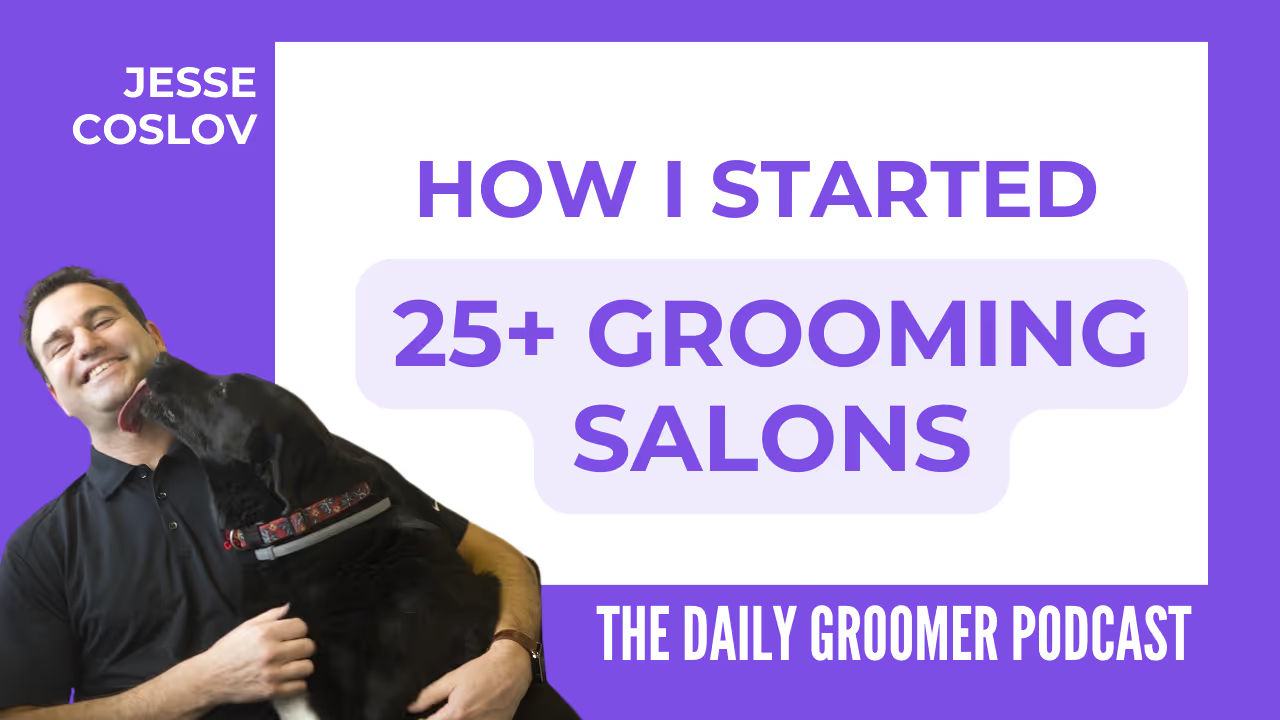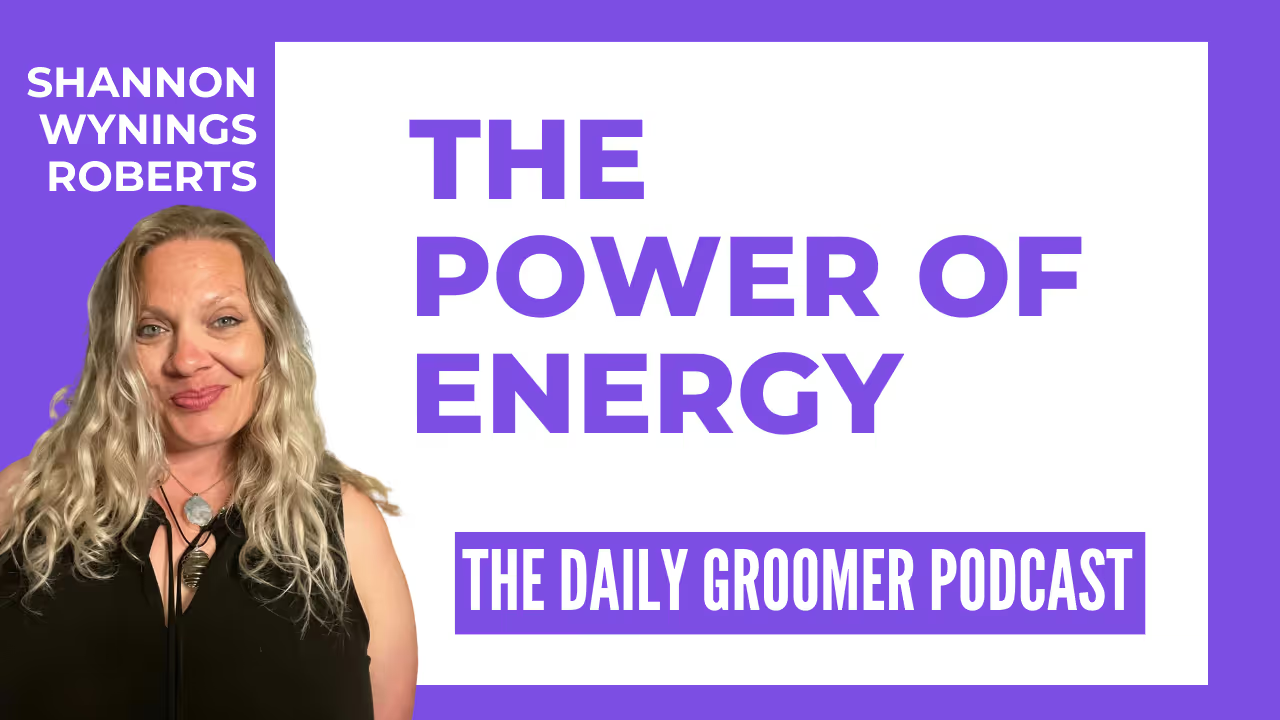Tackling the Tangles: Mastering the Art of Brushing and Detangling
Learn how to master the art of brushing and detangling in this comprehensive guide

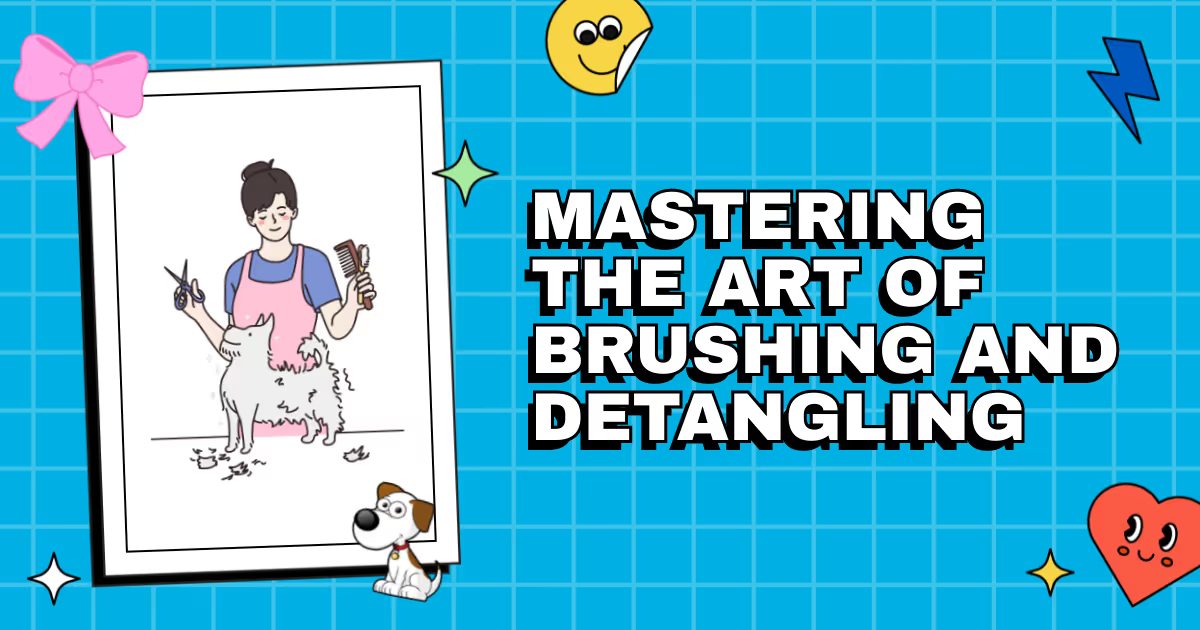
Tackling the Tangles: Mastering the Art of Brushing and Detangling
Welcome to The Daily Groomer, your go-to resource for expert grooming advice and insights! In this article, we'll delve into the art of brushing and detangling, a crucial skill for any professional dog groomer. By the end, you'll be equipped with essential techniques and useful tips to conquer even the toughest tangles.
The Importance of Brushing and Detangling
A well-groomed dog not only looks beautiful but also enjoys better overall health. Regular brushing helps improve circulation and stimulates the production of natural oils, ensuring healthier skin and a shiny coat. Besides, it offers an excellent opportunity for groomers to assess the dog's skin condition and identify any potential issues.
Understanding Different Coats
Before we dive into the specifics, it's essential to understand that different dog breeds have different coat types, each requiring specialized care. We'll cover three common coat types: short, medium, and long.
1. Short Coats
Dogs with short coats, such as Boxers or Beagles, have hair that lies close to their skin. While they don't require extensive brushing, a gentle weekly brush helps remove loose hair and distribute natural oils evenly.
2. Medium Coats
Breeds like Cocker Spaniels or Golden Retrievers have medium coats that require more attention. Daily brushing and occasional detangling sessions prevent mats and tangles from forming.
3. Long Coats
Long-haired breeds like Poodles or Shih Tzus demand more intensive grooming. Daily brushing and detangling are necessary to maintain the beauty and health of their lush coats, preventing painful knots and mats.
Brushing Techniques
Now that we have a clear understanding of coat types, let's explore the best brushing techniques to keep your furry clients looking their best.
1. Start with the Right Tools
Investing in high-quality grooming tools is crucial for achieving professional results. Choose brushes and combs that suit the coat type you are working with. For short coats, a rubber curry brush or bristle brush works well, while slicker brushes and undercoat rakes are more suitable for medium and long coats.
2. Establish a Routine
Consistency is key when it comes to brushing. Set up a regular grooming schedule, ensuring that dogs become accustomed to the process. This reduces anxiety and makes your life as a groomer easier.
3. Prioritize Pre-Grooming
Before brushing, it's essential to remove any knots or mats gently. Use your fingers or a wide-tooth comb to separate the tangled hair, ensuring you don't tug or pull unnecessarily. This step prevents causing discomfort to the dog and further knotting during brushing.
4. Brush in the Direction of Hair Growth
Always brush in the direction of hair growth to prevent unnecessary pulling or discomfort. Starting from the head, move down to the tail, section by section. Take time to reach the hidden areas and the underbelly, where tangles often form.
5. Maintain Gentle Pressure
Avoid excessive pressure while brushing, as this may cause discomfort or even injury. Instead, use a light but consistent pressure that effectively removes loose hair without harming the dog's skin.
Demystifying Detangling
Despite our best efforts, tangles can still occur. Knowing how to detangle effectively ensures your grooming sessions remain pleasant for both you and the dogs.
1. Be Patient and Gentle
Detangling requires patience and a gentle touch. Start by using your fingers to separate the tangles, carefully working through the knotted hair. If necessary, use a detangling spray or specialized detangling comb to make the process easier.
2. Small Sections and Positive Reinforcement
Tackling larger tangles can feel overwhelming, so it's best to divide the fur into smaller, more manageable sections. Reward the dog with treats and praise throughout the detangling process, reinforcing positive associations with grooming.
3. Seek Professional Assistance
If the tangles are severe or if the dog becomes too anxious, it's perfectly acceptable to seek professional assistance. Sometimes, a groomer's expertise and experience can make all the difference in ensuring the dog's well-being and a successful grooming session.
Conclusion
With the techniques and tips shared in this article, you are now equipped to master the art of brushing and detangling. Remember, regular grooming, proper tools, and patience are the keys to keeping your clients' coats tangle-free and beautiful. By offering this vital service, you'll give dogs the comfortable, healthy, and stylish look they deserve. Happy grooming!

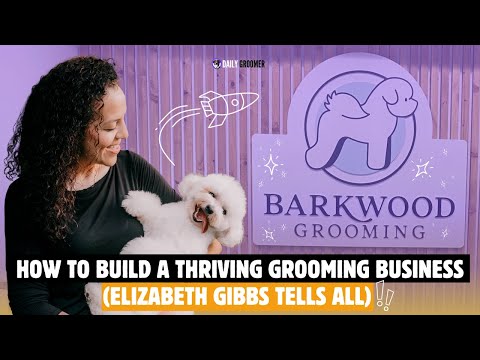



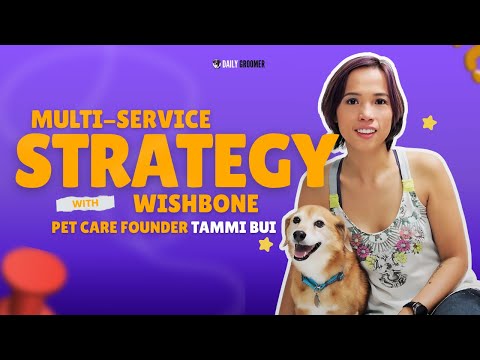

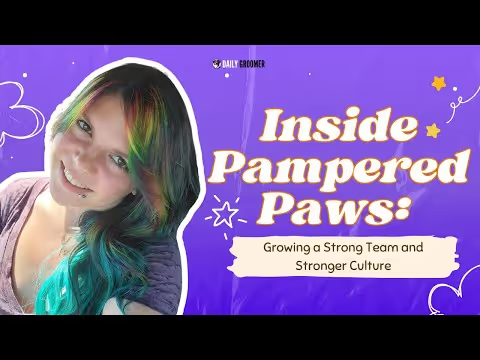
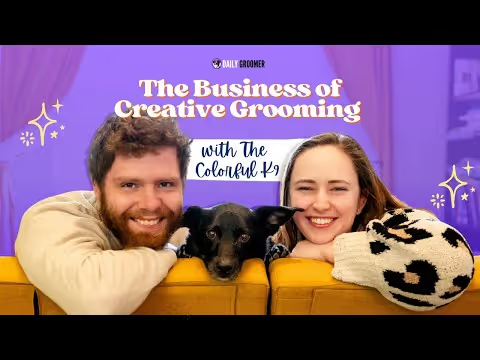





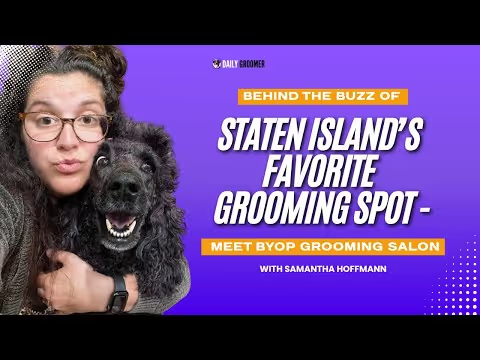

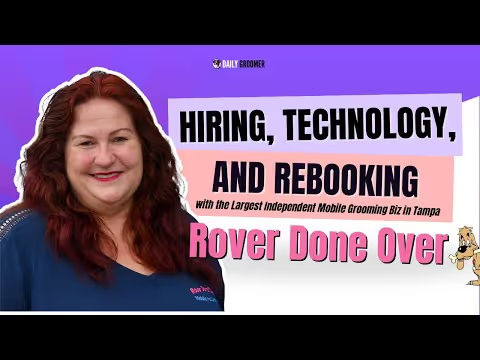
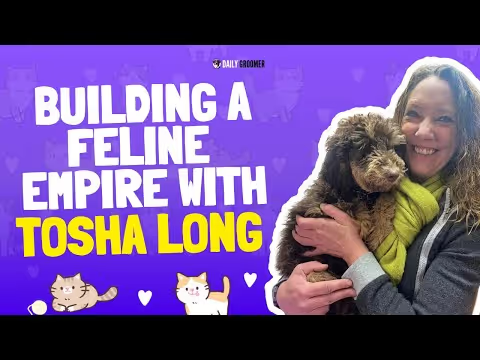



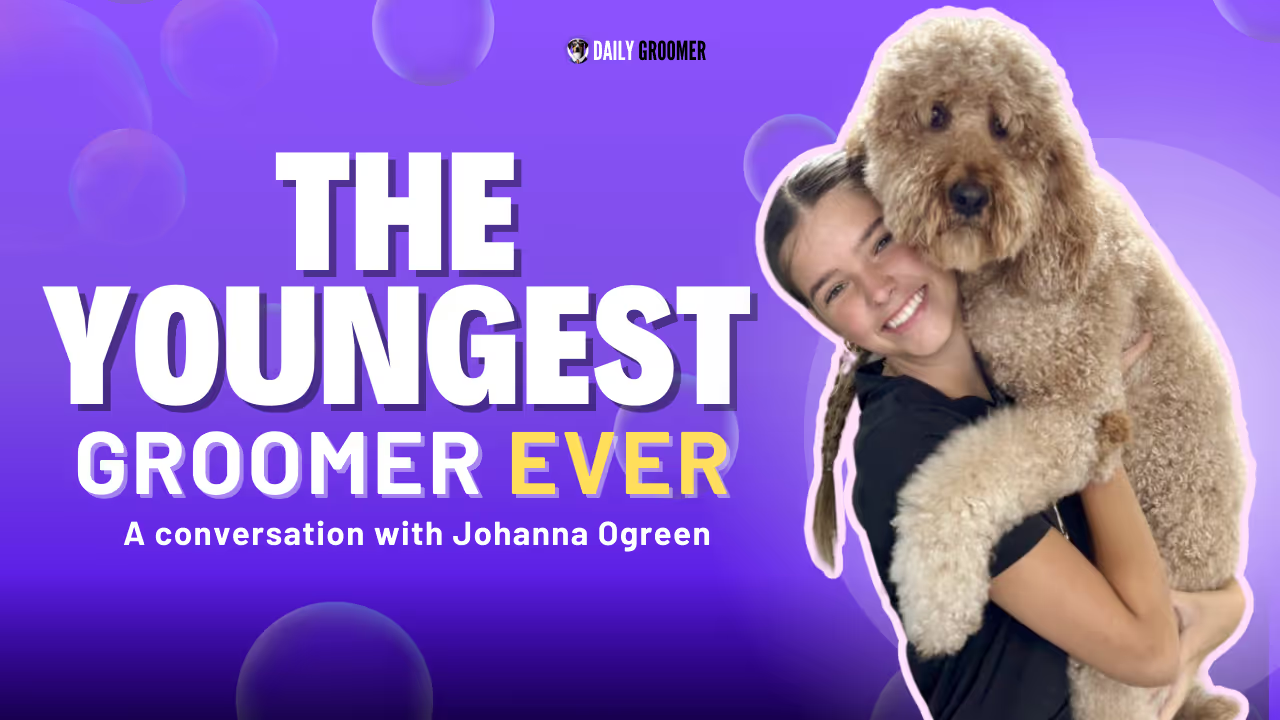
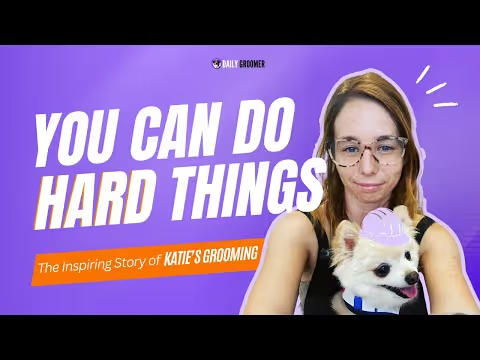
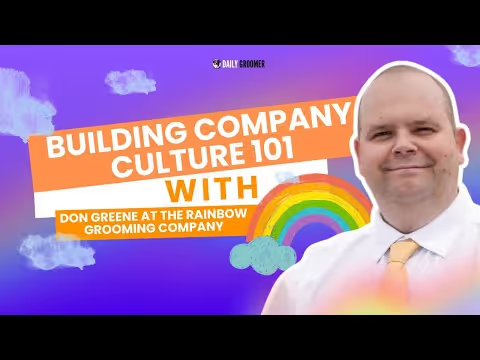
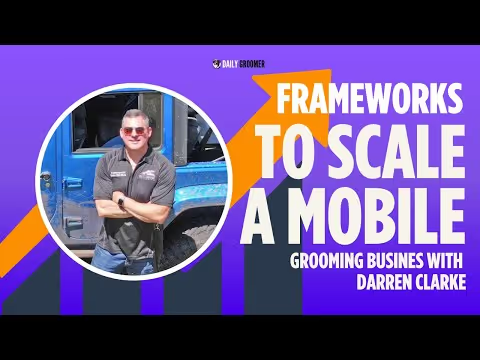
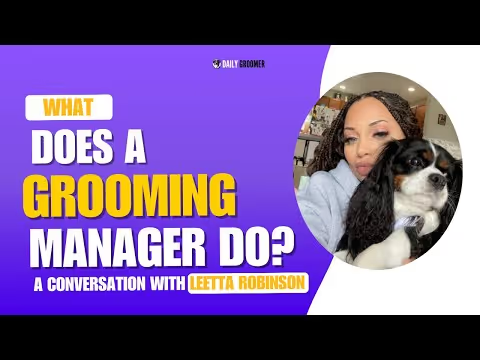


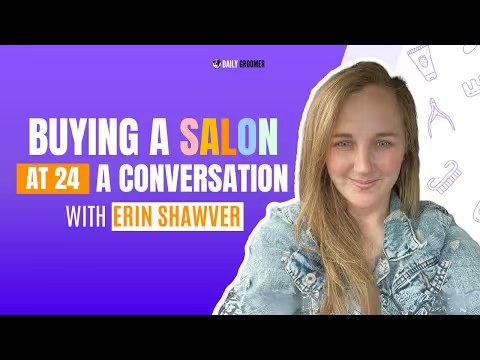
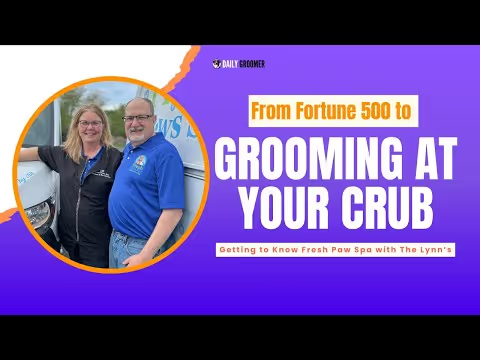






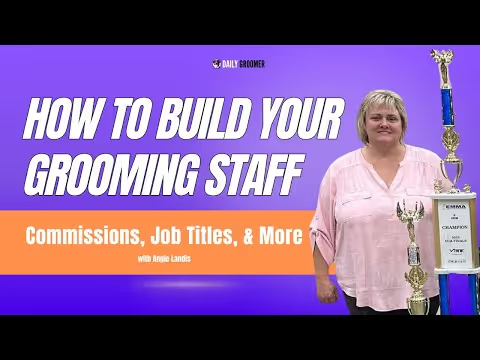





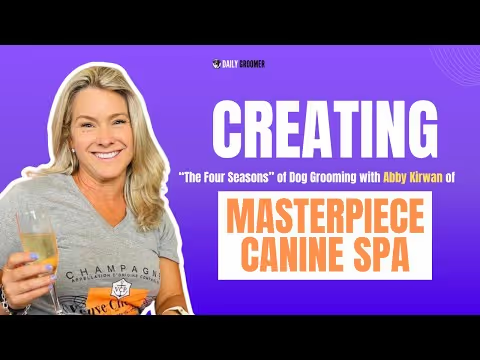

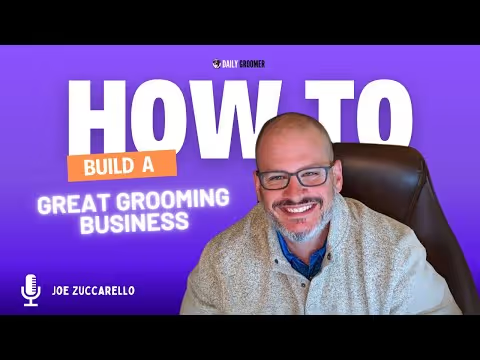
.avif)
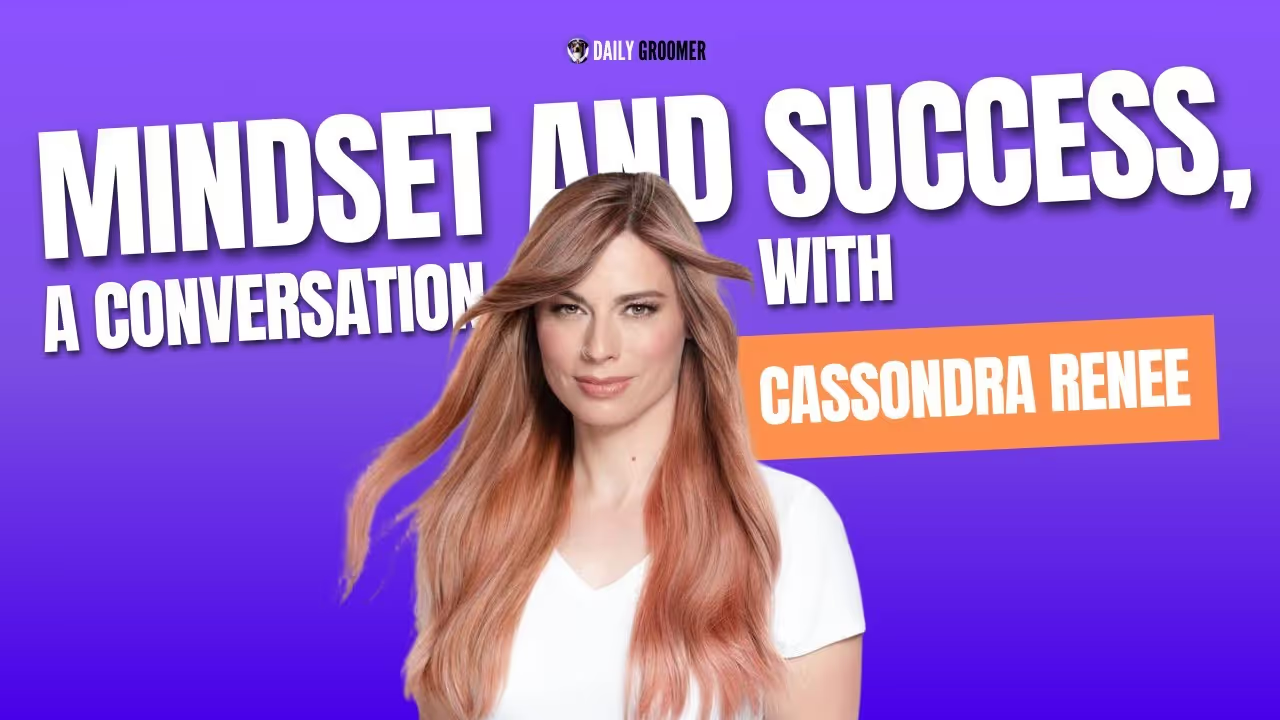
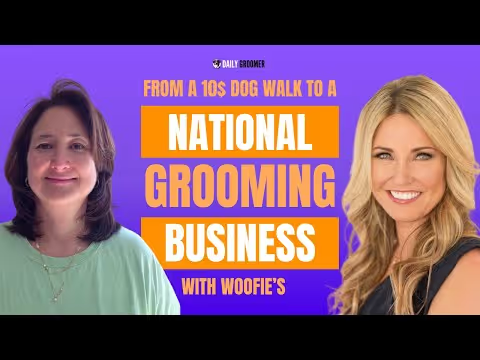





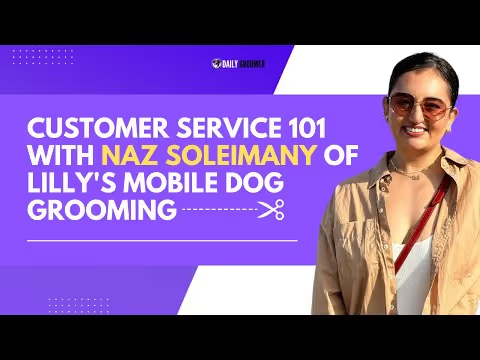

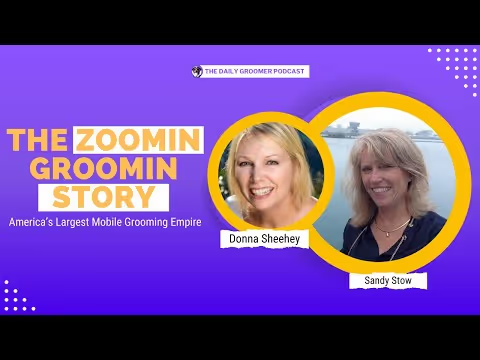
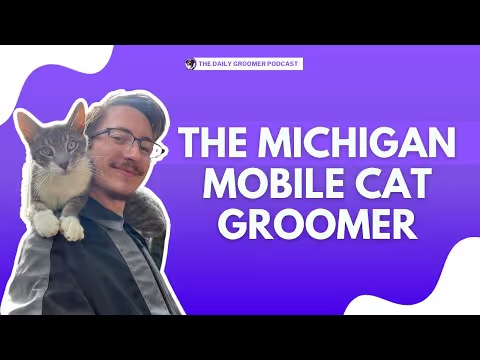

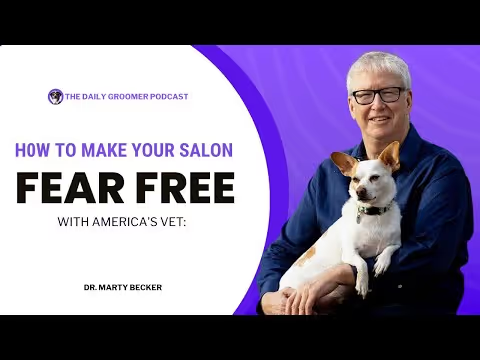



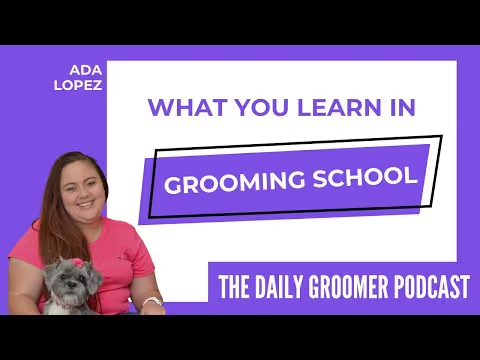


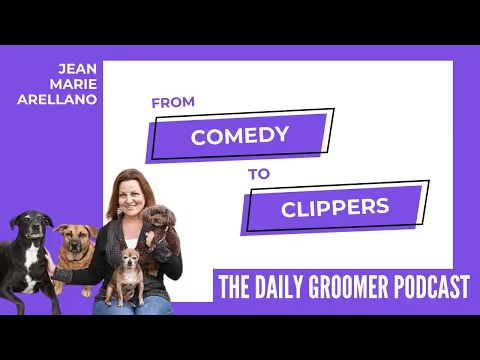
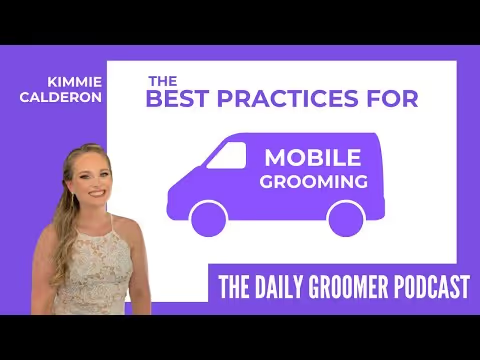
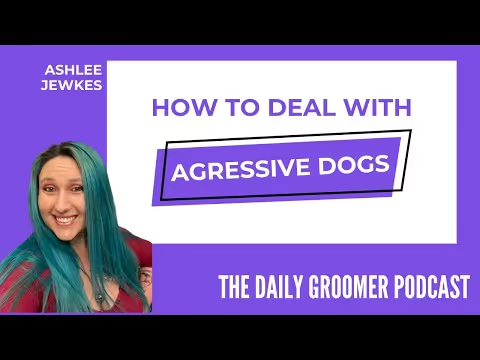
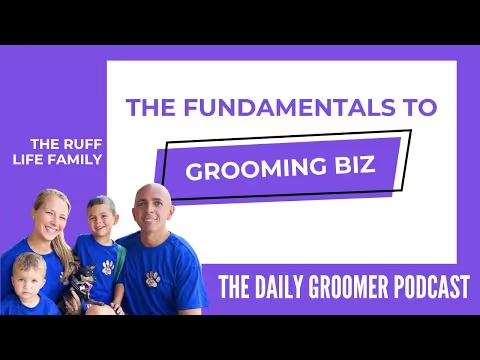


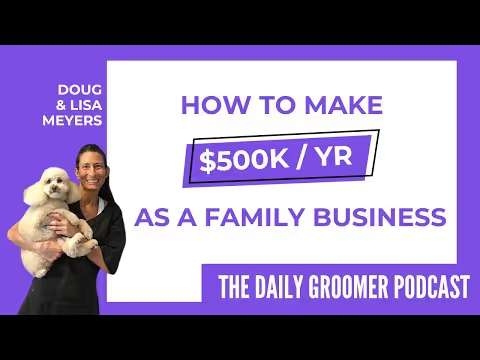
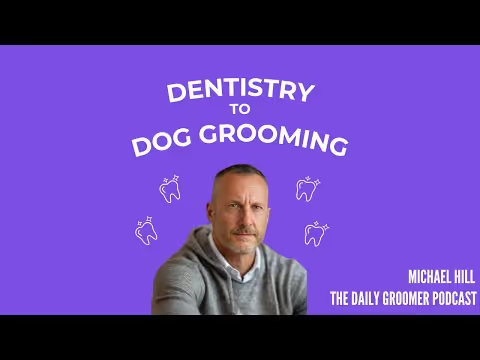
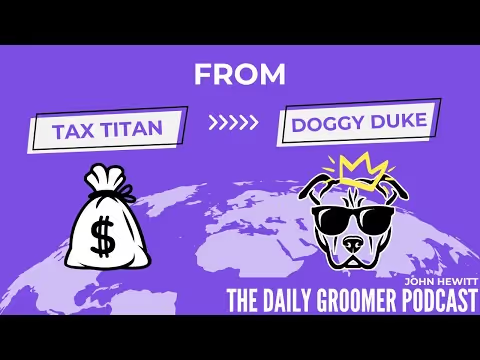



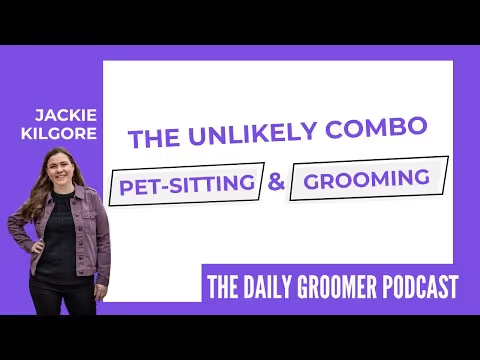


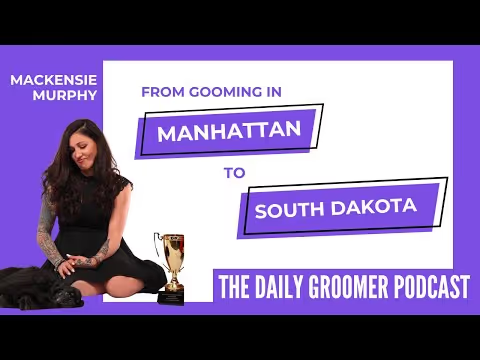
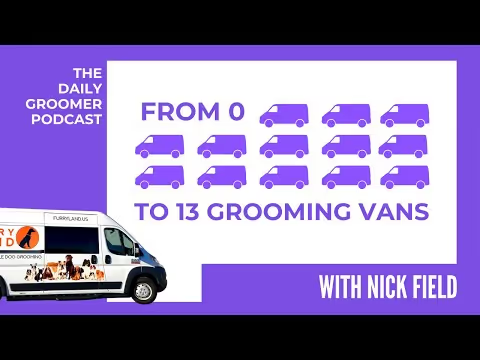
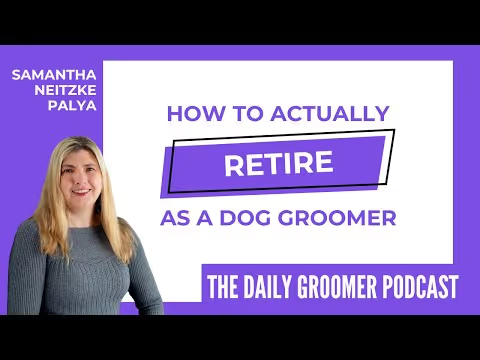
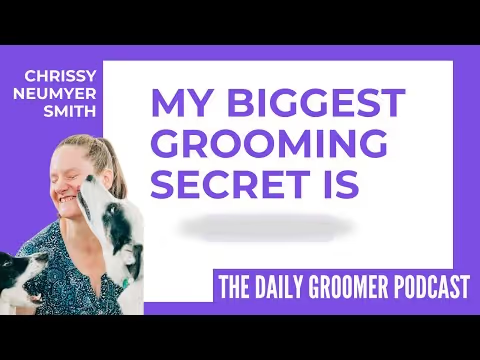
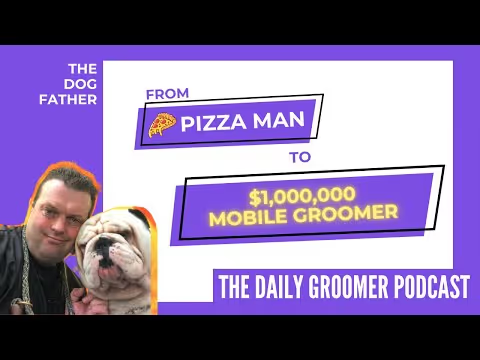

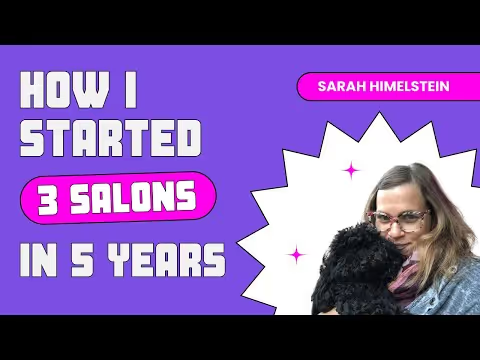
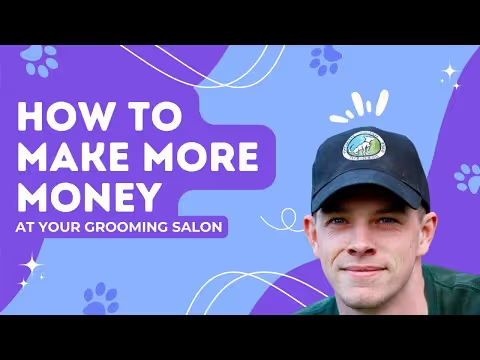
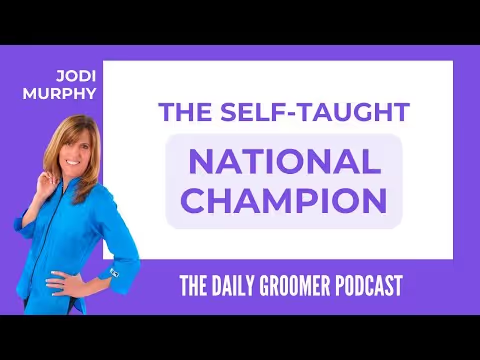


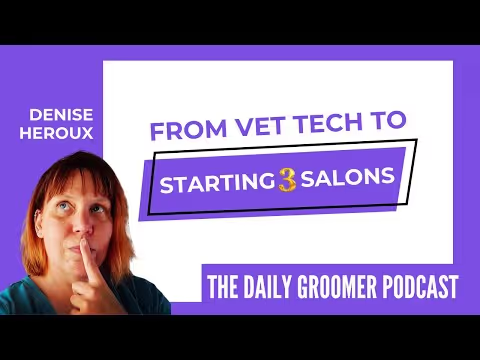
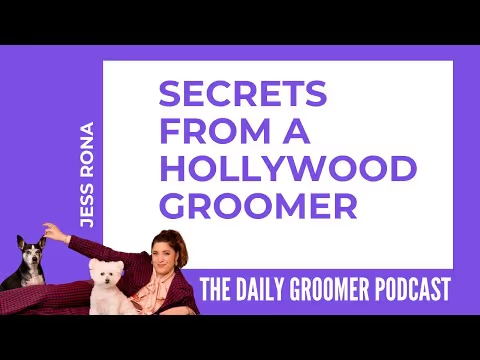
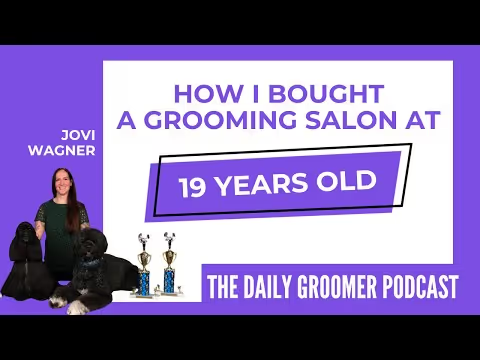

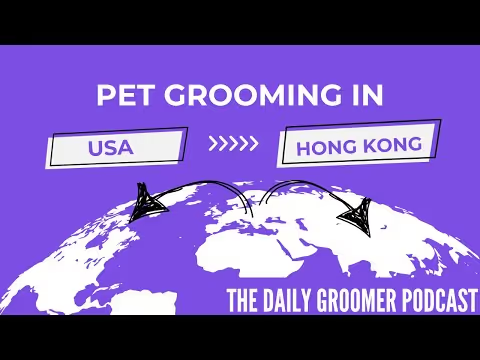
.avif)


